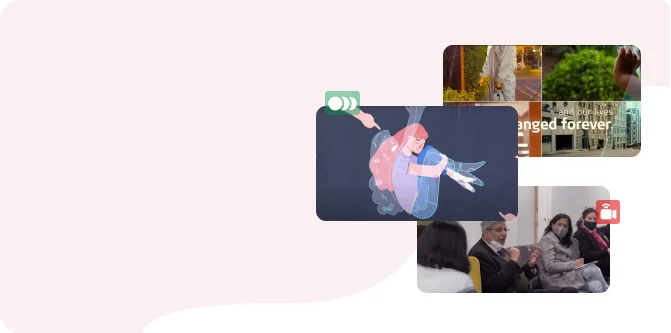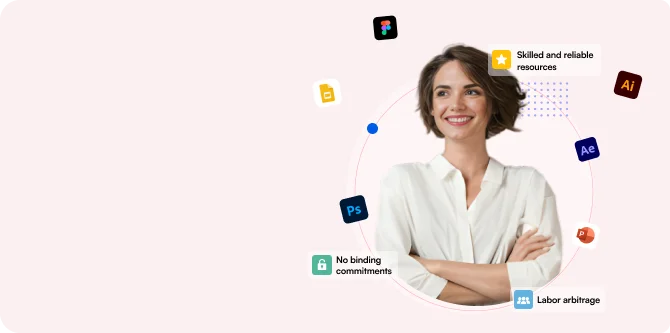Midway through a complex design project experienced designers usually deal with two major elements to ensure the success of any complex design project. First, the people involved must agree on the problem they wish to solve. And second, they must agree on the process for solving it. Then there’s always the scary feeling lurking that there’s complexity below those two elements and it will make a show before the designer is done solving the problem.
Sometimes intuition fails to address a pool of snags that come in the form of features, users and stakeholders. Here’s some interesting insights can help you in tackling big design projects.
Take charge of the conversation
When we’re taking up big projects the first mistake we tend to make is inheriting the project and the necessary the essential project brief as is. With the very little information at out disposal we try to churn out a good job. Then when pressured to change the design on the basis of the changing constraints frustration sets in.
This is the major reason why designing products is not child’s play as there’s a lot of high stakes involved with a bag of mixed opinions. And more often than not, a design voice is not a part of that opnion box. Instead of blaming the business, it’s you as designers whose responsible to change the flow the conversation involving everyone in the design process: our clients, bosses and the entire team.
Before taking them there, enlighten them where they’re going
At the very outset of the project, it’s better to walk your clients through your design process. You can present them with sample deliverables of what to expect and also what type of feedback you expect and when. This way it’s clear that both parties are equally responsible in making the design successful.
Interact. Empathize
While you’re still at the discovering phase, get hold of stakeholders and executives into a room and learn about their customers from them. Put them at ease and let them put their guards down and keep the product under an empathetic light.
This method is known as an empathy map, wherein the stakeholders give out valuable information on what their customers are thinking, saying, hearing, doing and feeling. This will help you to map out a persona of the product you’re designing.
On the surface this may seem unessential, but it’s a powerful way to align tasks and insights to real users in the system.
Prioritize by understanding frequency
One imposing problem that arises when a design team tries to refurbish an existing product is the insane amount of features that’ll you’ll find yourself cataloging that need to be a part of the new design. Big softwares try to be this, a one-gigantic ball that fits everything. In short they are nothing but COMPLEX!! This kind of project can be amazingly daunting and to be successful understanding the frequency of use is paramount.
This means understanding how frequently a feature, screen, tab or even an input box is used aims at giving you a sense of priority. It really takes the burden of to a great extent if the client fish through existing screens and circle elements that are used everyday and cross out that’s not high on the usability list. The ultimate goal is to understand what features work well with people and prioritize those features in the redesigned workflows.
So far if you think you’re halfway in combating the complexity monster in product designing then stay with us for more.
ALSO READ: HOW TO COMBAT COMPLEXITY IN PRODUCT DESIGNING -PART 2





